World wide megalithic Portal tomb’s a connection to county Kilkenny .
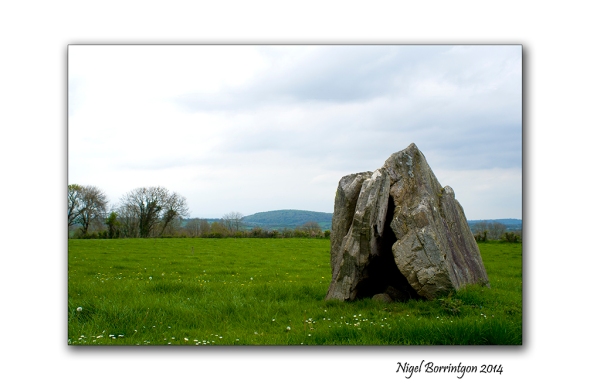
portal tomb at NewMarket, county Kilkenny
Landscape Photography : Nigel Borrington
Portal tombs, Dolmen’s, portal graves or quoit are a type of single-chamber megalithic tomb, usually consisting of two or more upright stones supporting a large flat horizontal capstone (table), although there are also more complex variants. Most date from the early Neolithic period (4000 to 3000 BC). Dolmens were typically covered with earth or smaller stones to form a barrow. In many instances, that covering has weathered away, leaving only the stone “skeleton” of the burial mound intact.
It remains unclear when, why, and by whom the earliest tomb’s were made. The oldest known tomb’s are in Western Europe, where they were set in place around 7000 years ago.
County Kilkenny has two such Tombs , the Newmarket tomb and the Kilmogue Portal Tomb at Harristown, both are dated to some 6000 years of age.
I did a little more reading on these tombs and it is very clear that they are very widely spread through out the world as the link below details :
http://en.wikipedia.org/wiki/Dolmen
The link shows their world wide locations as :
3.1 Asia
3.1.1 Korea
3.1.2 India
3.1.3 Eurasia (North Western Caucasus) Circassia
3.1.4 Middle East
3.2 Africa
3.2.1 Horn of Africa
3.2.2 North Africa
3.3 Europe
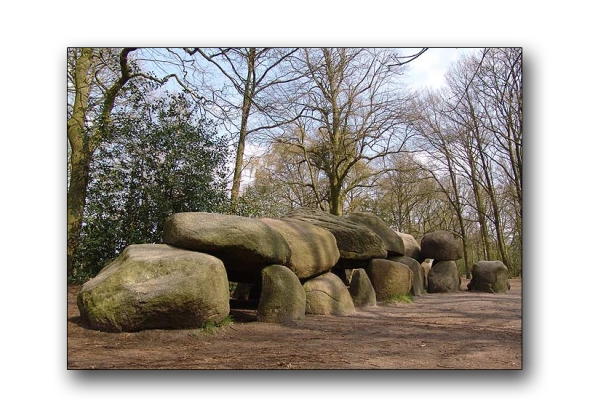
T-shaped Hunebed D27 in Borger-Odoorn, Netherlands.
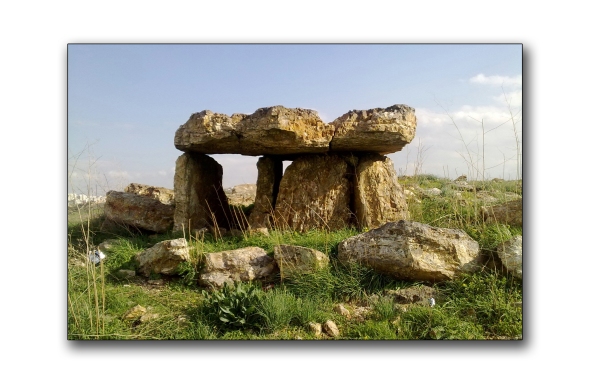
Flint Dolmen in Johfiyeh, Jordan
You can see the full details by the link above!
I have been visiting these sites in Ireland for sometime as in Ireland we have many passage tombs through out the country.
Understanding however just how international these locations are is very fascinating.
It needs to be remembered that some 6000 years ago very few of the nations we know, if any existed and people travelled without boarders.
The first time anyone gave Ireland a name as such, it was called “Hibernia”.
Hibernia is the Classical Latin name for the island of Ireland. The name Hibernia was taken from Greek geographical accounts. During exploration of northwest Europe (c. 320 BC), Pytheas of Massilia called the island Iérnē (written Ἰέρνη). In his book Geographia (c. 150 AD), Claudius Ptolemaeus (“Ptolemy”) called the island Iouerníā (written Ἰουερνία, where “ου”-ou stands for w). The Roman historian Tacitus, in his book Agricola (c. 98 AD), uses the name Hibernia. The Romans also sometimes used Scotia, “land of the Scoti”, as a geographical term for Ireland in general, as well as just the part inhabited by those people.
Something that becomes very clear is that the peoples who lived in many different world wide locations often shared the same culture, they lived very closely to and with their environment, they were clearly pagan in their beliefs and as such very close to their surroundings.
Life would have been completely different from the life we know, they lived and moved to the cycles of the seasons, they eat and lived of the wildlife and nature that surrounded them, in some season they would have little food if any.
They clearly had Gods and figure heads, yet we have a tendency to place our own modern religious understanding on-to what this meant to them directly.
It is likely that their Gods were Mythical in nature and derived from memories of real people who they connected with different elements and forces of life that affected the way they lived and survived.
This wikipedia page lists some of the celtic Gods and Goddesses and shows the forces of life and nature that they were related to.
Kilkenny Portal tomb Gallery
NewMarket Portal Tomb
Kilmogue Portal Tomb

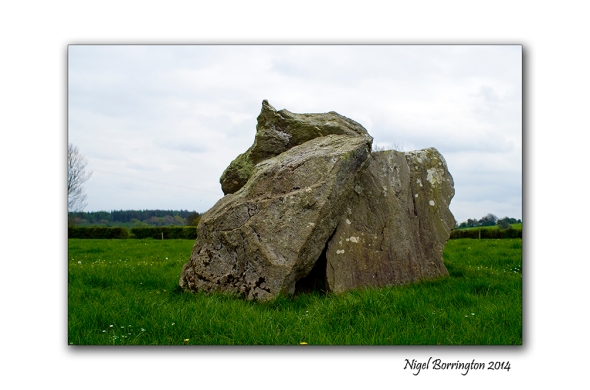
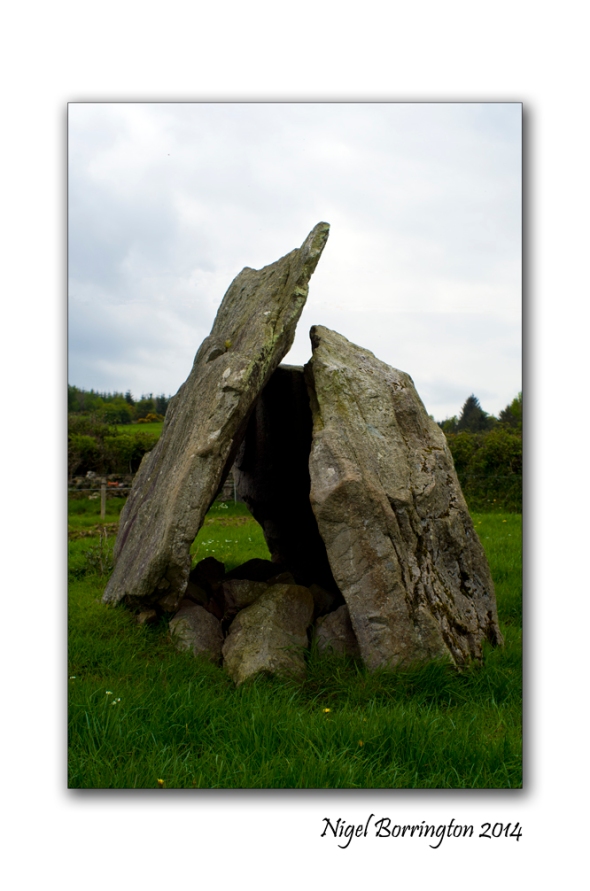
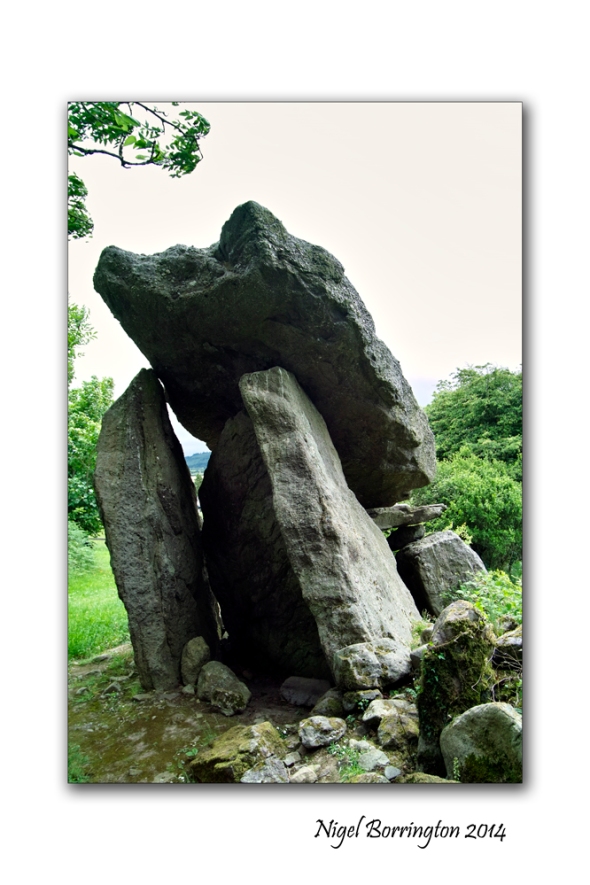
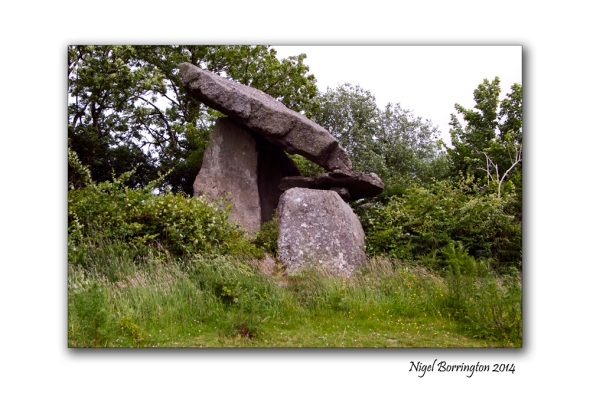
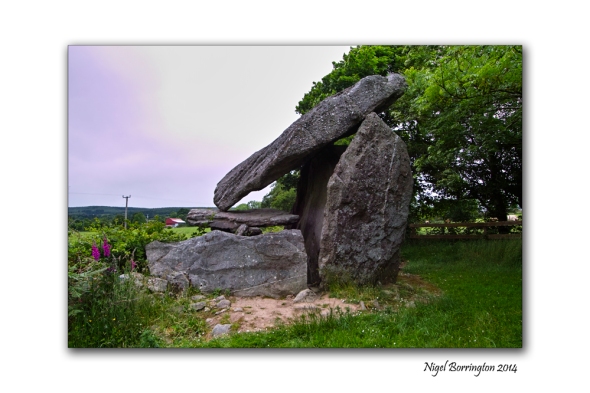
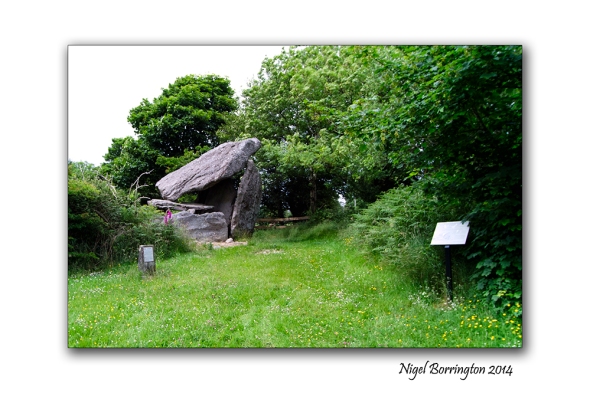
As Always, Your beautiful images transport me to a different place…and in this instance, Time 🙂 Thank You for the Magic and Mystery 🙂
May 7, 2014 at 1:49 pm
Hello Morgan 🙂 🙂
Thank you and its a pleasure that your along for the journey 🙂 🙂
May 7, 2014 at 2:03 pm
Interesting read: Exploring the World of the Celts – Simon James. Thee is a special chapter dedicated to Ireland.
May 7, 2014 at 2:18 pm
Hello Herman 🙂 🙂
Thank you , I will have a look for this book , 🙂 🙂 🙂
May 7, 2014 at 4:20 pm
😉
May 8, 2014 at 5:21 am
Fascinating – and well photographed!
May 7, 2014 at 2:20 pm
Hello 🙂 🙂
Thank you , very pleased you enjoyed 🙂
May 7, 2014 at 5:58 pm
You know I LOVE this stuff, Nigel ! And I’m impressed by your background reading. If I lived where there was history like yours, I’d be doing a lot, too ! 🙂
May 7, 2014 at 11:54 pm
Hello Margaret 🙂
Its taken me a while to see the true reasons to do some study of these places, the idea that they come from a time when people were so much less divided and much more connected than we can even imagine is a real eye opener !!!!
Thank you Margaret, I am very pleased that you enjoyed the post 🙂 🙂
May 9, 2014 at 12:38 am
A lot of us may never get to stand in the places that you go to in capturing these wonderful pictures, so thank you for granting us a peek of what you see.
May 8, 2014 at 1:07 am
Hello Joel 🙂 🙂
Thank you and its a pleasure to share , very pleased you enjoyed 🙂 🙂
May 9, 2014 at 12:39 am
Oh Nigel, these pictures of the burial mounds and the boulders gave me goose bumps. Oh the history of the Ancients. Thank you for the link also. Have a wonderful day. Lyn
May 8, 2014 at 7:55 am
Hello Lynette 🙂 🙂
Thank you !!! for visiting the post and what a great and very welcome comment 🙂 🙂
Very pleased you enjoyed 🙂 🙂
May 9, 2014 at 12:40 am